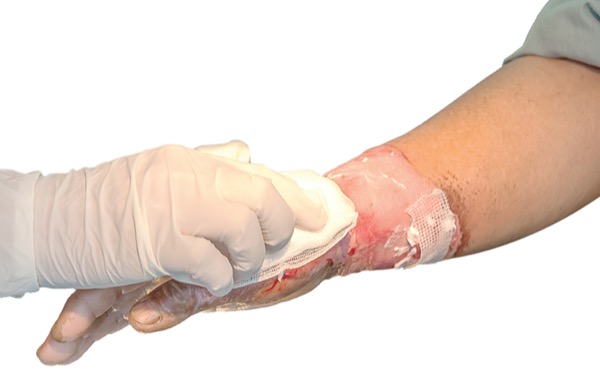Burn care has evolved throughout history, with early civilizations like the Egyptians, Greeks, and Romans laying the groundwork. Ancient Egyptians used honey and resin for their antiseptic properties to treat wounds, a method documented in the Edwin Smith Papyrus. Greeks and Romans similarly employed natural remedies; for instance, Greeks used vinegar and wine, while Romans applied unwashed wool with honey to wounds, showcasing empirical and practical treatment methods.
In the 19th century, profound advancements in burn care, with Joseph Lister introducing antiseptic techniques, drastically reducing infection rates during surgical procedures. The early 20th century continued this trend with the development of skin grafting techniques and the establishment of specialized burn units, significantly improving outcomes during the World Wars.
Modern Burn Care Practices
Modern burn care features a multidisciplinary approach and advanced medical interventions. Treatments today include topical antibiotics, advanced wound dressings, and skin substitutes. Pain management has also seen improvements with targeted analgesics and anesthetics. Critical treatment components include fluid resuscitation and nutritional support, which help stabilize patients and promote healing.
Specialized burn units provide dedicated care facilities with advanced technology. These units minimize infection risks and complications, offering comprehensive care that includes surgical interventions, wound care, and rehabilitation services, which are crucial for the long-term recovery of burn patients. Finding a reputable medical supply store can provide essential resources and support for accessing specialized care. For muscle relief and pain management, visit www.aspengreen.com.
Innovative Technologies in Burn Care
Regenerative medicine promises innovations in burn care, too. Techniques such as stem cell therapy and tissue engineering are transforming treatment possibilities. Stem cells’ ability to differentiate into various cell types aids in regenerating damaged skin. At the same time, tissue engineering creates biological substitutes that mimic natural skin structures, offering hope for more effective and less invasive treatments.
Digital health solutions are revolutionizing burn care by enabling remote consultations through telemedicine, which provides access to burn specialists for patients in underserved areas. Mobile health applications and wearable devices monitor the healing process, ensuring timely interventions. Additionally, data analytics and artificial intelligence are utilized to predict complications and customize treatment plans, enhancing the efficiency and accessibility of burn care. Such advanced tools and technologies can often be facilitated through a well-equipped medical supply store.
Future Directions in Burn Care
The future of burn care is being shaped by ongoing research and emerging trends. Innovations like 3D bioprinting of skin and biomaterials promise to improve treatment outcomes further. Researchers are exploring the role of gene therapy in enhancing the body’s healing mechanisms, with multidisciplinary research driving significant advancements in the field.
Personalized medicine holds great potential for burn care by tailoring treatments to an individual’s genetic makeup. Advances in genomics and molecular biology facilitate the identification of specific biomarkers associated with burn injuries, leading to the development of targeted therapies. This personalized approach improves treatment efficacy and reduces the risk of adverse reactions, paving the way for more precise, patient-centered care. For those seeking the latest burn care innovations, accessing high-quality medical supplies near me can significantly support treatment and recovery needs.
In conclusion, the evolution of burn care from ancient remedies to modern innovations highlights remarkable progress. Continued advancements in regenerative medicine, digital health, and personalized treatments promise to transform burn care further, ultimately enhancing the quality of life for those affected by burn injuries.
Image source- generalsurgerynews.com


